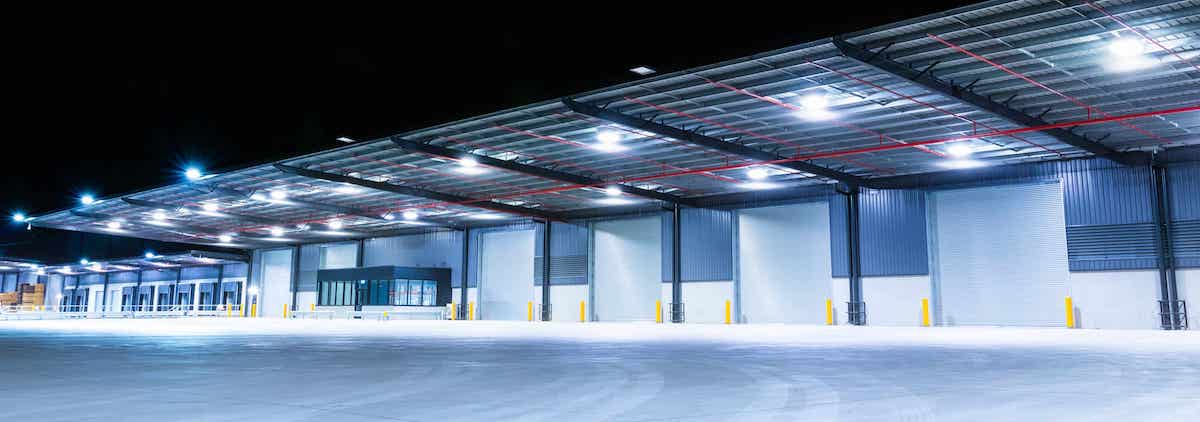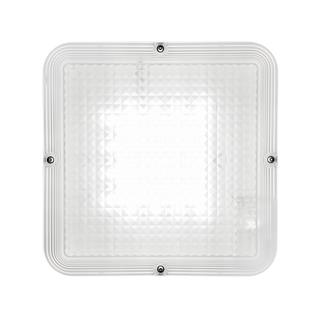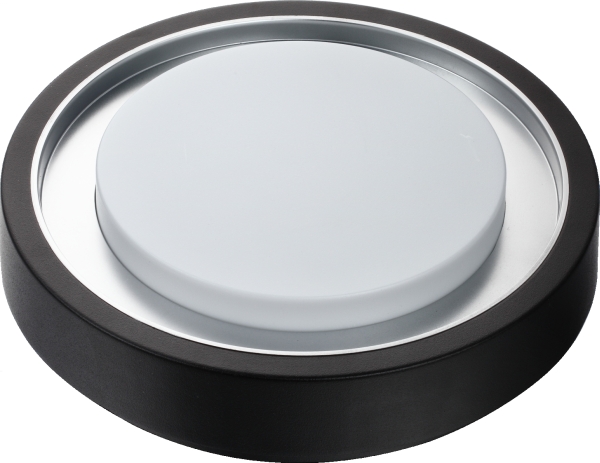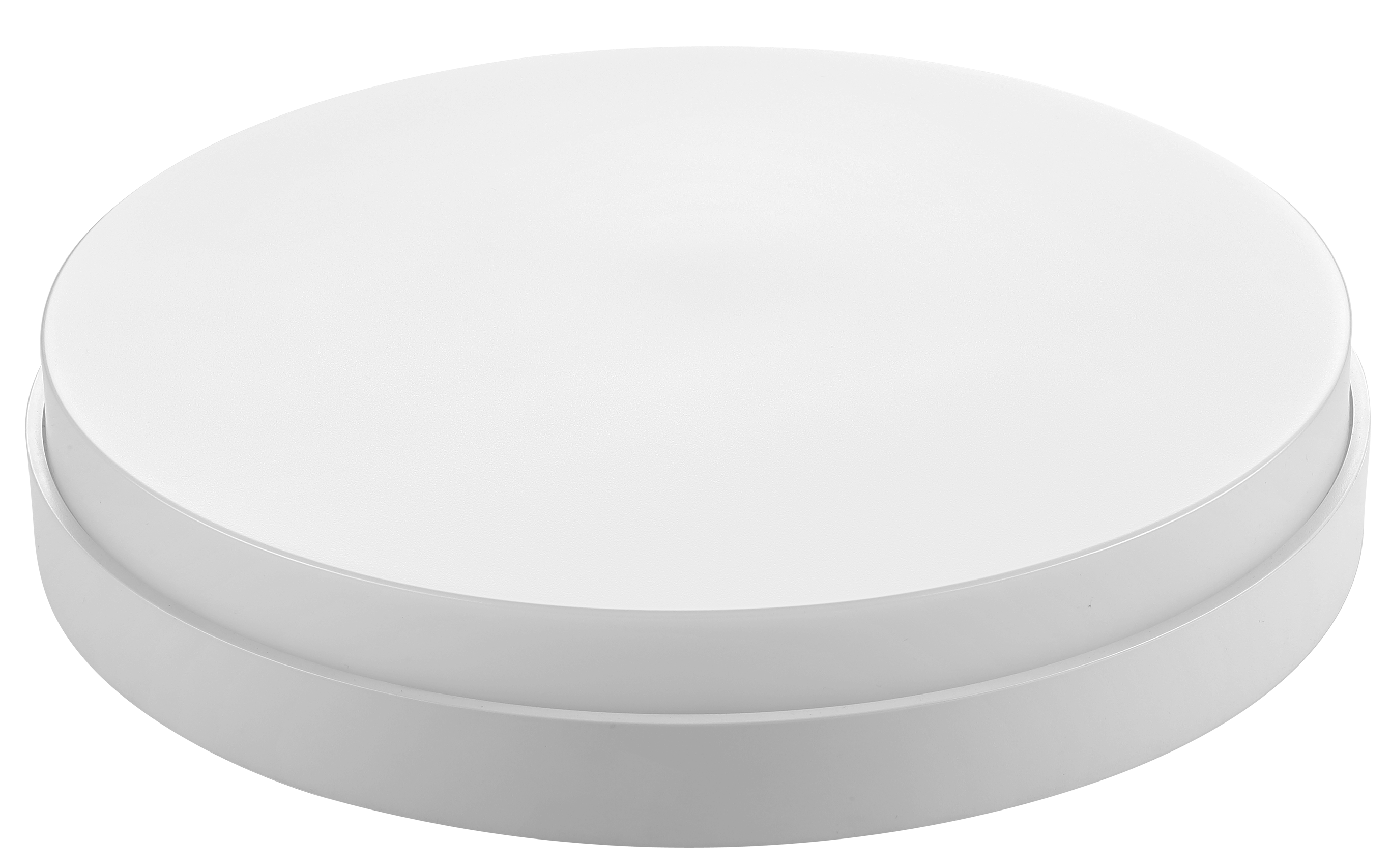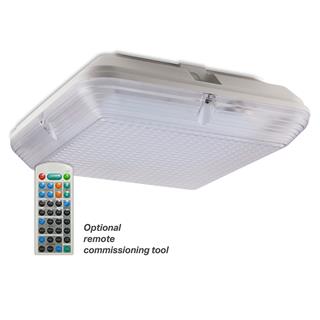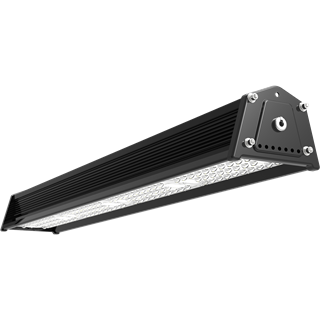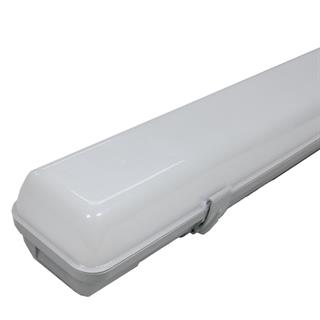Sensor Lights
Why would you use movement sensors in lighting?
Many people are familiar with manually controlling lights using a wall mounted light switch. While this method works well in residential and small commercial environments, it becomes inefficient in larger spaces where lights are often left on unnecessarily.
Installing sensor lights ensures they are activated only when people enter the area, significantly reducing energy when spaces are unoccupied. This is particularly important in areas such as fire stairs, where lighting is rarely needed except in emergencies. By reducing electricity usage and extending the lifespan of lighting fixtures, sensor-based lighting not only cuts energy costs but also lowers maintenance costs.
For property owners, the benefits go beyond financial savings—reducing CO₂ emissions is an added environmental advantage.
Types of movement sensors used in lighting
There are typically two primary types of motion sensors used in lighting: Passive Infrared (PIR) and Microwave. Other sensor types, such as ultrasonic sensors and dual-sensor combinations (PIR + ultrasonic), exist but are generally more expensive and less common.
With the transition to LED lighting in 2010, the use of motion sensors has grown significantly. Unlike traditional lighting, LEDs are not affected by frequent switching on and off, making them ideal for sensor-based control. In the future, thermal sensors may replace both PIR and microwave technology as cost of this technology decreases.
Both PIR and microwave sensors have distinct advantages and should be selected based on the environment in which they will be used.
| - | PIR | Microwave |
|---|---|---|
|
Typical |
Outdoor lighting, office areas |
Carparks, fire stairs and no occupancy indoor areas i.e. corridors |
|
Sensitivity |
Under sensitive in higher background temperatures. |
Consistent detection over all temperatures. |
|
Overly sensitive in lower temperatures. |
||
|
Triggered by heat sources only |
Triggered by all moving objects i.e. moving tree branches |
|
|
Requires large movement |
Responds to small movements |
|
|
Can be negatively impacted by dirt |
Limited environmental impact |
|
|
Detection |
Can be insensitive when walking directly towards the sensor. |
Very sensitive to movement including through some types of walls. |
|
Can detect occupancy (limited), primarily movement |
Detects movement only |
|
|
Positioned exterior to the light |
Can be located within the fixture |
|
|
Range and coverage limited |
360deg range with radius approx 8m that can be adjusted |
How do sensors work?
Microwave sensors emit microwave signals and measure the time taken for the signal to reflect back, a process known as "echo time". The echo time is used to calculate the distances from all the stationary objects in the detection zone. When a person moves within the detection zone, the disruption in the microwave beam changes the echo time, triggering the lights.
PIR sensors use infrared light to detect movement based on heat signatures. They identify warm bodies, such as humans or animals, that are warmer than the surrounding environment.
Chamaeleon III in fire stairs
The new Chamaeleon III in action as we follow a fire stair visitor. See how the integrated microwave motion sensor triggers the light well BEFORE the visitor reaches the landing and the slow fade down to standby mode.
Installing & commissioning a sensor light
Traditionally, motion sensors were installed separately from the light fixtures and controlled entire circuits of lights. With the rise of LED lighting, sensors are now often integrated directly into fixtures. This simplifies installation, lowers costs, and expands sensor coverage.
However, setting up sensor lighting requires careful planning to ensure optimal performance. Factors to consider include:
- Sensitivity settings: Adjusting the detection range based on the area’s needs.
- Timer settings: Defining how long the lights stay on after detecting movement.
- Dimming vs. on/off modes: Choosing whether lights should switch off completely or dim to a low standby level when no motion is detected.
The ideal settings depend on the specific application—whether in an office, car park, fire stairwell, or warehouse. Proper configuration can mean the difference between an efficient lighting system and one that frustrates users.
Standalone motion sensors in car parks present significant challenges when it comes to achieving comprehensive coverage. Their placement requires careful planning, yet it is often difficult to position them in a way that effectively eliminates blind spots. This becomes particularly problematic in large or irregularly shaped car parks, where certain sections may be outside the coverage of the sensor. To address the issue of sensor timeouts caused by people sitting in their cars, standalone sensors often require extended timeout periods.
However, this approach leads to increased energy usage as lights remain on longer than necessary. Additionally, standalone sensors frequently activate lighting across large sections of the car park, regardless of where movement is occurring.
In contrast, sensors integrated within each light provide a smarter solution by significantly increasing detection coverage and illuminating only the areas where movement is detected. This not only enhances safety and convenience but also significantly reduces energy consumption, making it a more efficient and sustainable option for car parks.
Will sensor lights save money?
A major advantage of sensor-based lighting is the financial return on investment. By reducing electricity consumption—either through dimming or complete shutoff when lights are not needed—property owners see direct reductions in energy costs and indirect savings on maintenance.
For example:
- Fire stairs are typically used less than 1% of the time, yet without sensors, their lights run 24/7.
- Car parks experience low activity outside peak hours, making them ideal for sensor-driven dimming.
In both cases, using sensors to reduce lighting levels significantly lowers electricity costs while maintaining safety and visibility.
Choosing the best commercial sensor lights
With a wide range of sensor options on the market, the best choice depends on three key factors:
- Form Factor – The sensor should be suitable for mounting within the fixture, adjacent to it, or as a standalone unit.
- Environment – The sensor technology should align with the specific requirements of the area.
- Ease of adjustment – Settings should be accessible and intuitive. For lights installed above 4 metres, remote-controlled adjustment is ideal, eliminating the need for lift equipment.
Reliability is also crucial—since sensor lights may switch on and off hundreds of times per day, both the sensor and the lighting control system must be durable and high-quality.
Find the best sensor lights for your business.
The Future
For over 30 years, controls development teams have been striving to create sensors that accurately detect only human movement and occupancy. Recent advancements in thermal detection technology have led to the release of several new sensors at a price point that makes them viable for mainstream applications.
These sensors use thermal infrared technology to capture low-resolution thermal images, allowing them to identify objects based on shape that can also track movement direction. This enables highly accurate presence detection and people counting, which has a wide range of applications in commercial and industrial settings. Additionally, these sensors can monitor the heat signatures of machinery and equipment, offering significant benefits for predictive maintenance and critical system monitoring.
Historically expensive, thermal sensors have recently become more accessible, with improved accuracy and enhanced functionalities, making them an increasingly attractive option for businesses seeking smarter, more reliable detection solutions.



